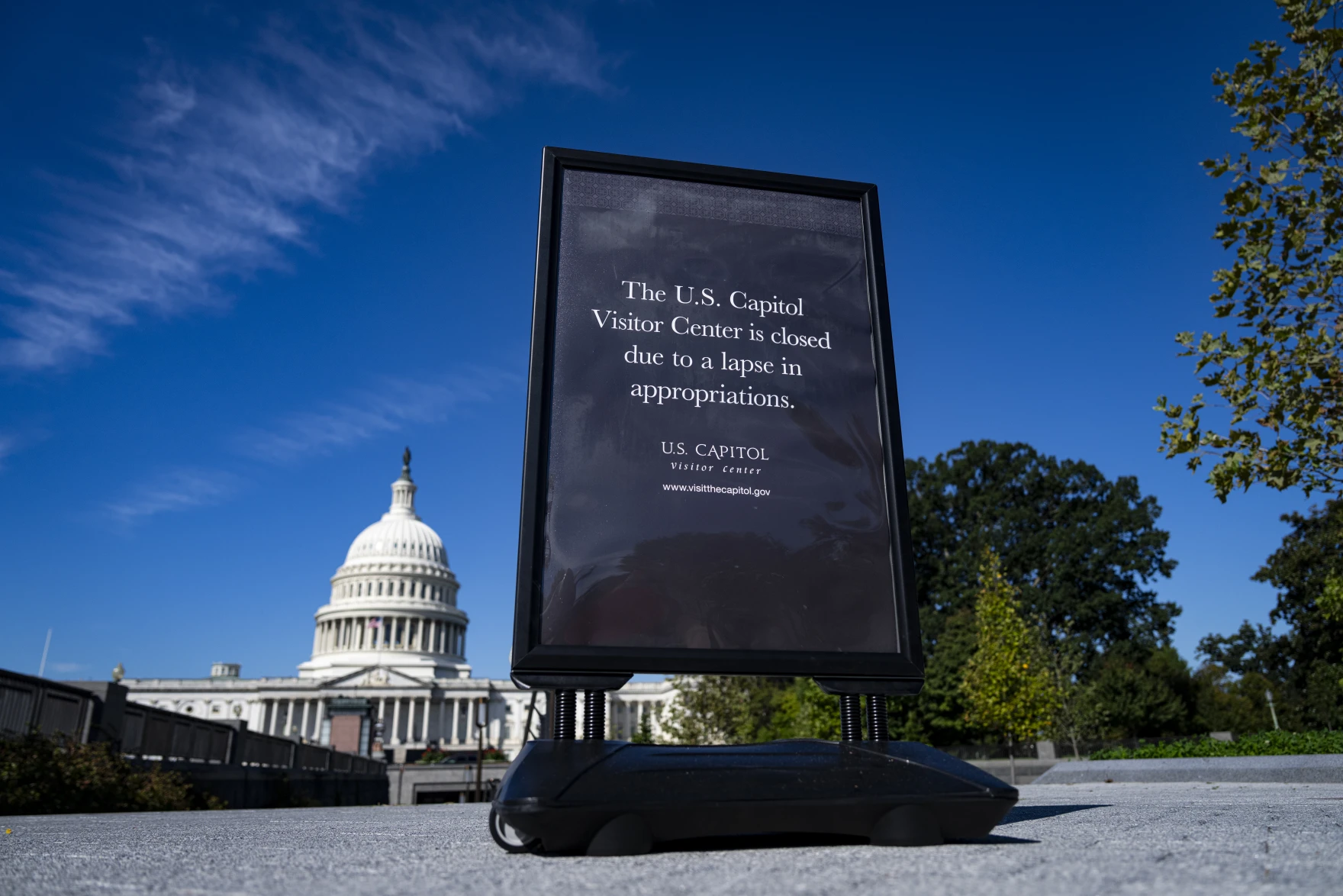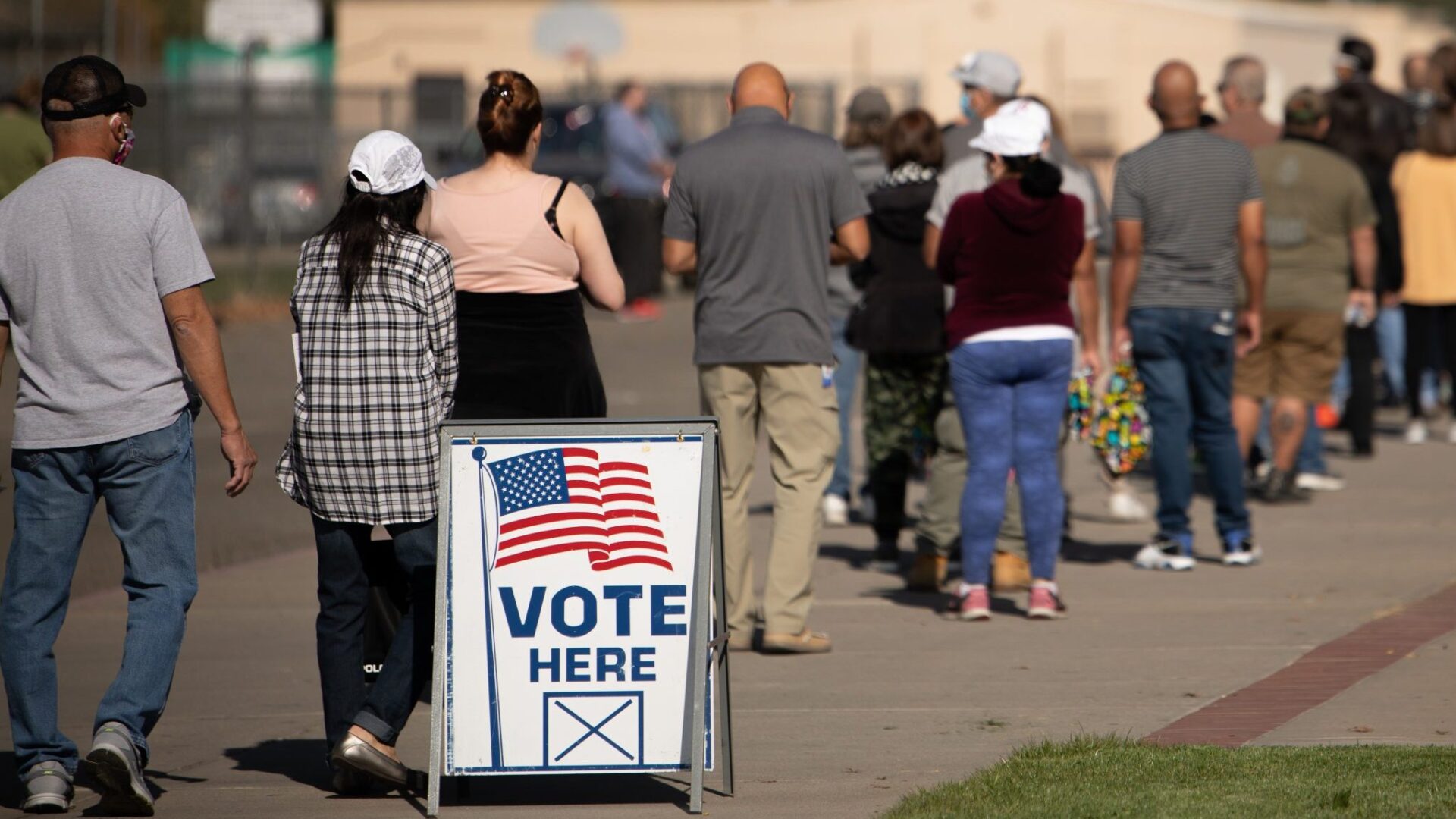Tension is high within Congress and the White House as the federal government faces the threat of a partial closure. Democrats and Republicans finished their most recent round of talks without agreement, bringing the country close to a situation with immediate effects on several administrative and public service areas. What sets this episode apart from previous ones and why has the risk increased now.
Negotiations stall in Washington
On Monday, Congressional leaders met with President Donald Trump at the White House, but no funding agreement was achieved. Senate Democratic leader Chuck Schumer said he saw no real advances in the Republican proposal.
Vice President JD Vance placed responsibility on the Democrats for the possible shutdown. House Speaker Mike Johnson also expressed doubts about a deal before the deadline, saying he remains optimistic but skeptical as Tuesday approaches.
If Congress fails to approve a budget bill by 11:59 p.m. local time, federal agencies will need to halt non-essential services starting Wednesday October 1
Reasons behind the deadlock
The central point of disagreement is the approval of necessary resources to keep the government running. Republicans support a short-term extension without changes to current rules.
Democrats insist on protecting health plan subsidies and reversing Medicaid cuts put in place previously. These demands face firm resistance from the Republican side, which considers this an attempt to insert health policy into an emergency funding bill.
Practical consequences of a shutdown
The United States has experienced 14 shutdowns since 1981. If the stalemate continues, non-essential federal employees may be placed on unpaid leave. Key sectors such as security, health, defense, and air traffic control will keep operating.
Public services including passport issuance, student loan processing, and national parks might be temporarily stopped according to each agency’s plan. During the 2018-2019 shutdown, the Congressional Budget Office noted a negative impact on GDP, with analysts pointing out that the effects depend on the length of the closure.
Why budget stalemates keep happening
The US political system requires budget approval from the House, Senate, and president. The chance of a deadlock increases during periods of divided government. The current dispute deepens long-standing debates over public policy funding and social benefits.
Outlook for the coming days
Congressional leaders report that significant differences still prevent an agreement. Without a solution, government workers and various sectors are watching the situation closely. It remains uncertain how long a shutdown could last or how deep the impact will be, but attention is focused on Washington and across the nation.
Contact us today through our WhatsApp to discover how we can help you achieve success in the United States.
Sources: Info Money | Valor.Globo | Edition.CNN | USA Today



